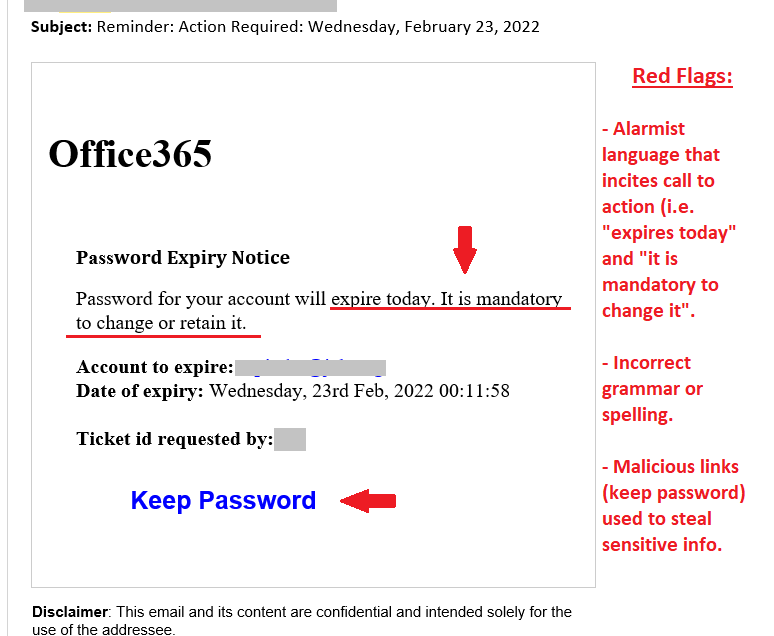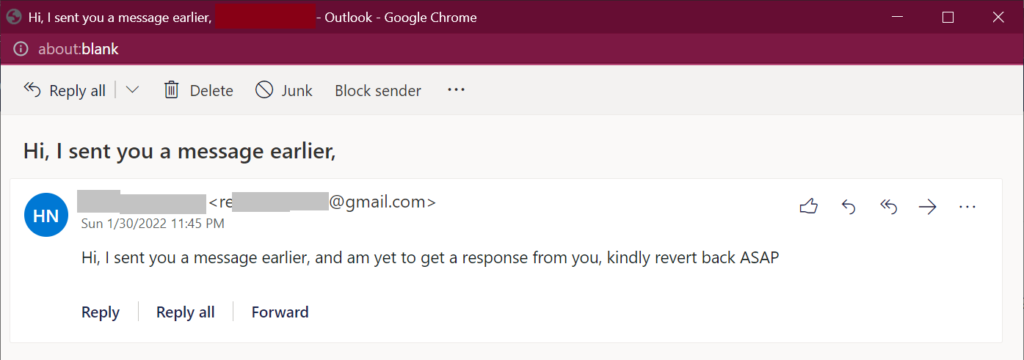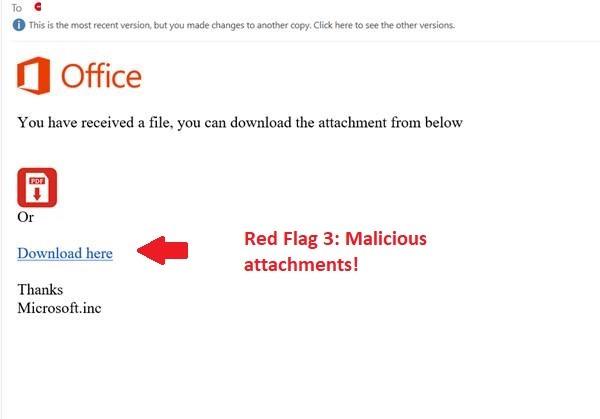The old adage of “there’s plenty of fish in the sea” is true in many walks of life, especially for scam artists who use email phishing. Phishing (hacker slang for fishing) is a tactic whereby scam artists send out malicious emails. Their intent is to trick the recipient into revealing log-in credentials, financial, or other confidential information, in order to commit fraud. The scammers are the fishers, the email is the bait, and the unaware consumer is the fish they are trying to hook.
Identity thieves are widely successful in this regard, and the stats back that up. According to a Business Wire news report, citing a recent Javelin Research study, fraud has cost American consumers $56 billion dollars in losses in 2020. Approximately 43 billion of that was a result of robocalls and email phishing scams. While there may be plenty of fish in the digital sea, you can protect yourself from getting caught by adhering to these helpful tips.
Recognize a Phishing Attempt
Scammers use social engineering to manipulate people into disclosing confidential information. A wide range of tactics are employed, and many of them are red flags you can use to determine the legitimacy of the emails you receive. Here are the most common “red flags” to be aware of:
- Scare tactics
- Unknown senders
- Spelling and grammatical errors
- Offers of gift cards, money, etc.
- Malicious attachments or weblinks
Scare tactics, threats, and alarmist language are the most common. They involve emails from seemingly legitimate sources, such as your bank or service providers. The email has wording designed to scare you; i.e. “your account will be closed” or “your password is expired; log in to reset it.” These emails encourage you to take action and provide the means to seemingly do so. Below is an example of such a tactic.

Be wary of emails sent from unknown senders, or those that have notable spelling and grammatical errors, like the example below. Read everything carefully to ensure you are on the lookout for such mistakes.

Avoid opening any attachments or clicking on web links that may be listed in the email from the unknown sender. Scammers use these attachments to introduce malware into your computer, and web links can direct you to scam sites made to look legitimate in order to steal your information.

Before You Click… ”Wait a Tick!”
Just a few seconds consideration can save you the stress of becoming a victim of a scam. In addition to the tips mentioned previously, consider these questions whenever you receive any email:
- Do I have an account with this company or service provider?
- Do I know the individual that sent the email?
If the answer is no, mark the email as spam or junk, and delete it. If yes, then treat the situation with caution before proceeding. Never click on links, open attachments, or call phone numbers listed within the email. Instead, go directly to the source (company or person) to confirm legitimacy of the claims made. Adhering to these simple safety steps can be beneficial and decreases the likelihood of you becoming a victim of scam artists.
